Katalagari is a village in the Heraklion regional unit on the island of Crete, Greece. It is the seat of the Katalagari community in the municipality of Archanes-Asterousia. The village is located approximately 17 km from Heraklion city, at an altitude of 420 meters.
Etymology
The name Katalagari is believed to be derived from the Greek word “lagara,” which refers to a clear, pure liquid, free from impurities. Specifically, “lagara” meant the juice that drips from the grapes in the wine press before they are pressed. Another possible meaning of “lagara” is a slope with a good view. It is thought that Katalagari comes from the combination of “Kato” (meaning “lower”) and “lagara,” perhaps to distinguish it from a “Pano Lagara” (upper Lagara), which may have been the old village site (Paliochora).
History
- The area has been inhabited since ancient times, with evidence of a Minoan presence.
- The village is mentioned in a document from 1271 concerning a debt of 100 measures of wine owed to a Jewish moneylender from the vineyards of Katalagari.
- In 1302, Katalagari was a fiefdom belonging to Stephanus de Ancona.
- The Venetian census of 1583 records Katalagari with 140 inhabitants.
- The village was strategically important in the Venetian era, controlling the area from Archanes to Kastelli Pediados. Tradition holds that the fortress (Kastelos Katalagariou) was built by Nikephoros Phokas after the liberation of Crete from the Arabs in 961 AD. During Venetian rule, the fortress served as the center of a fiefdom belonging to the Corner (Cornaro) family. Today, only a portion of the outer wall and foundations of the buildings remain.
Economy
The main occupations of the residents are olive cultivation and viticulture. The village is known for producing high-quality table grapes.
Village Amenities
Katalagari has a primary school and a “Logari,” a center for Cretan nutrition, promoting traditional Cretan cuisine and dietary practices.
Landmarks
- Church of the Prophet Elijah: Built in 1888.
- Church of the Panagia: Located near Katalagari, this church features whitewashed frescoes.
- Church of Zoodochos Pigi: Located near the fortress, this small church has frescoes that are unfortunately not well-preserved.
- Church of Agios Georgios Kleidas: Situated in a scenic location near Katalagari, this church was the katholikon (main church) of a small monastery that operated during the Venetian period. The name “Kleidas” likely comes from the surname of the monastery’s founder or the landowner.
- Kastelos Katalagariou: Also known as the fortress of Paliochora, Castello del Corner, or the castle of the Cornari. Located on Kastelos hill, south of Katalagari, in an area planted with olive trees and vineyards. This fortress is situated on the site of the ancient city of Skillountia. Near the fortress are rock-cut wine presses believed to date back to the Minoan era.
Village Key Points
- Historical References: Documents from 1271, 1302; Venetian censuses (1583)
- Location: Heraklion regional unit, Crete, Greece
- Historical Significance: Venetian fortress, site of the ancient city of Skillountia, traditional agricultural practices.
- Population data over the years:
- 1583: 140
- 2021: 315
- Current Status: A small village with agricultural activity and historical significance.
Access
Katalagari is 11.7 kilometers away from Arkalochori and 1.9 kilometers away from Epano Archanes













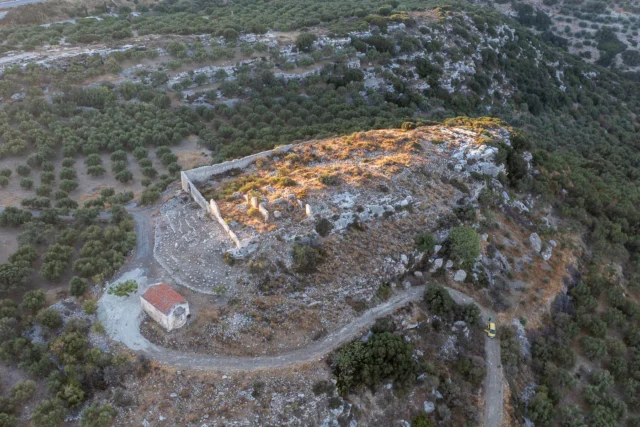

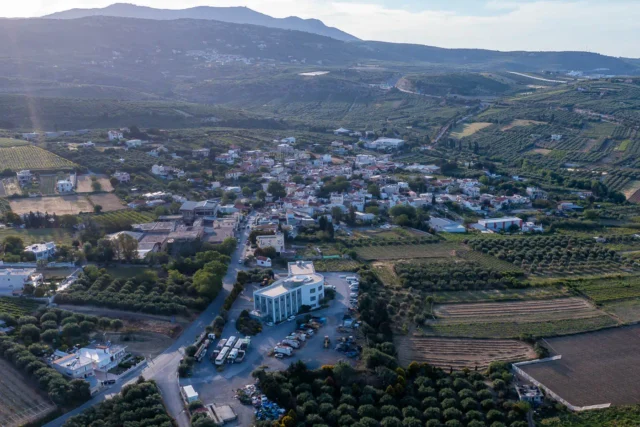



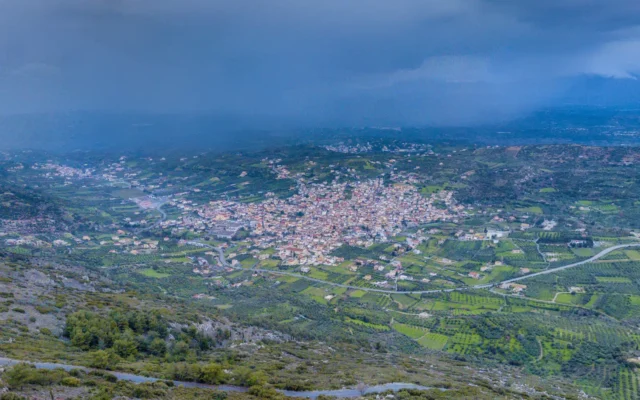
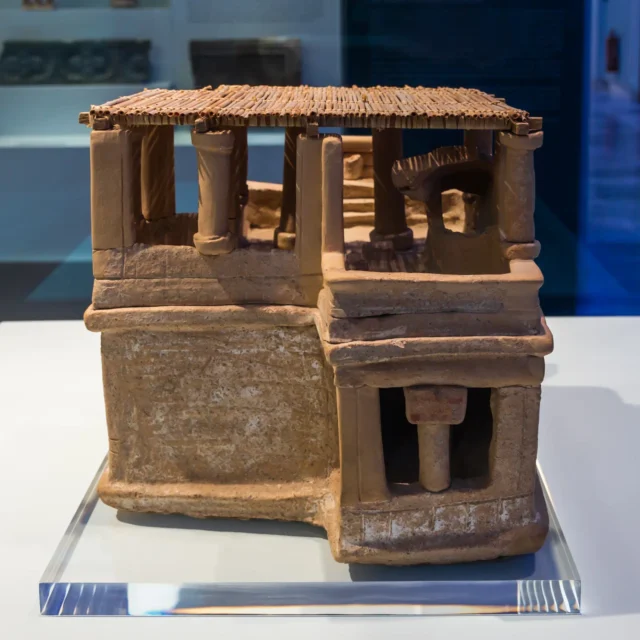

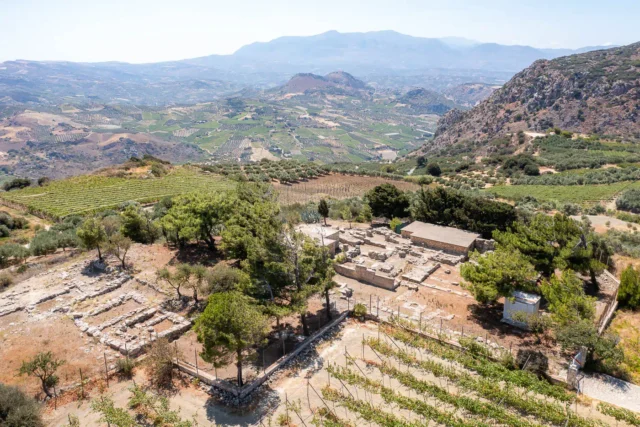
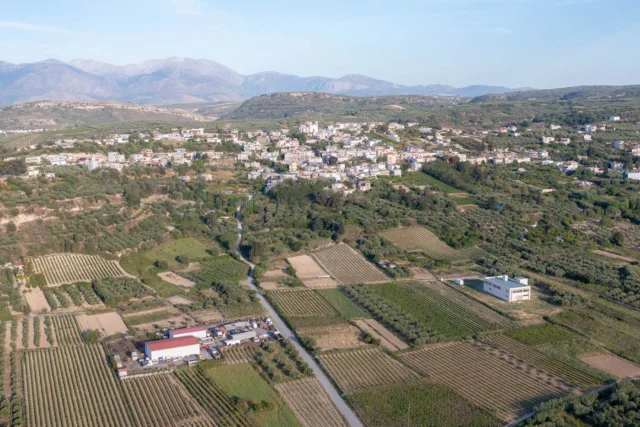

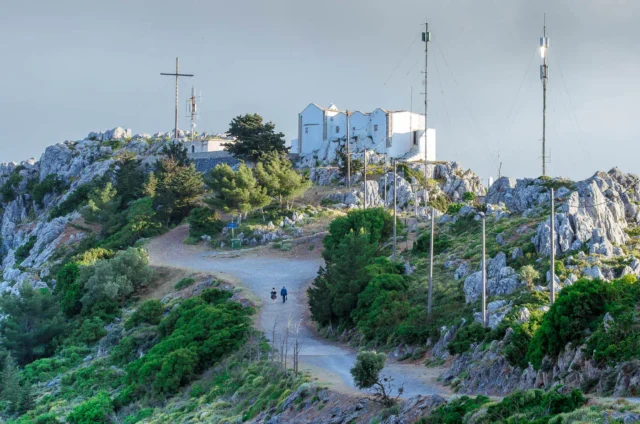

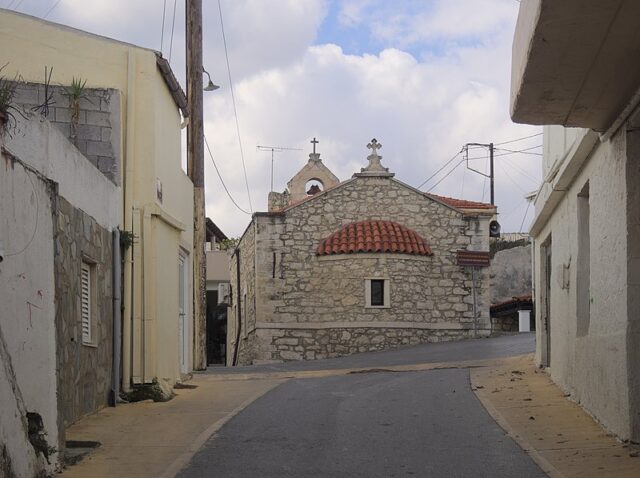
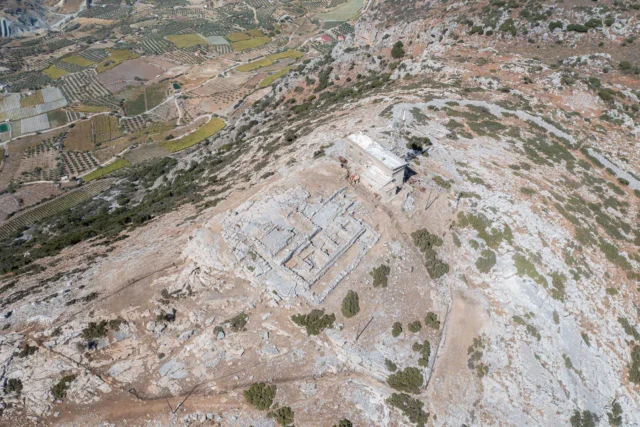
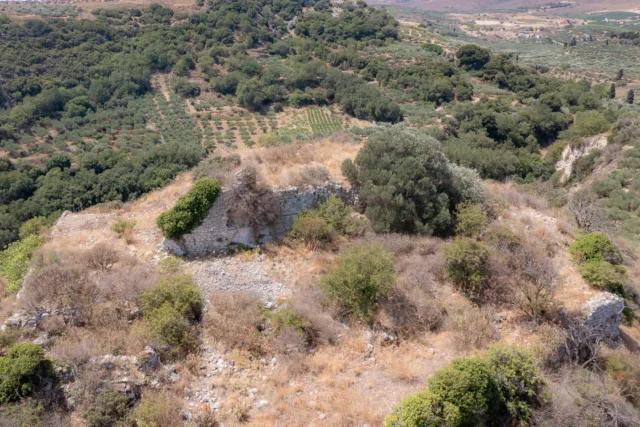

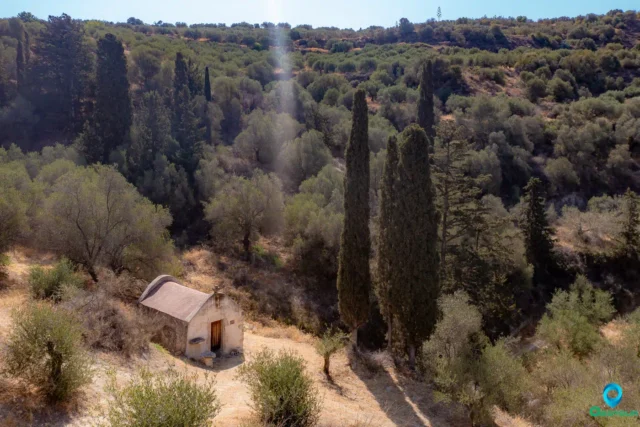

There are no comments yet.